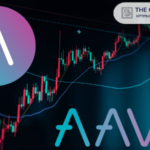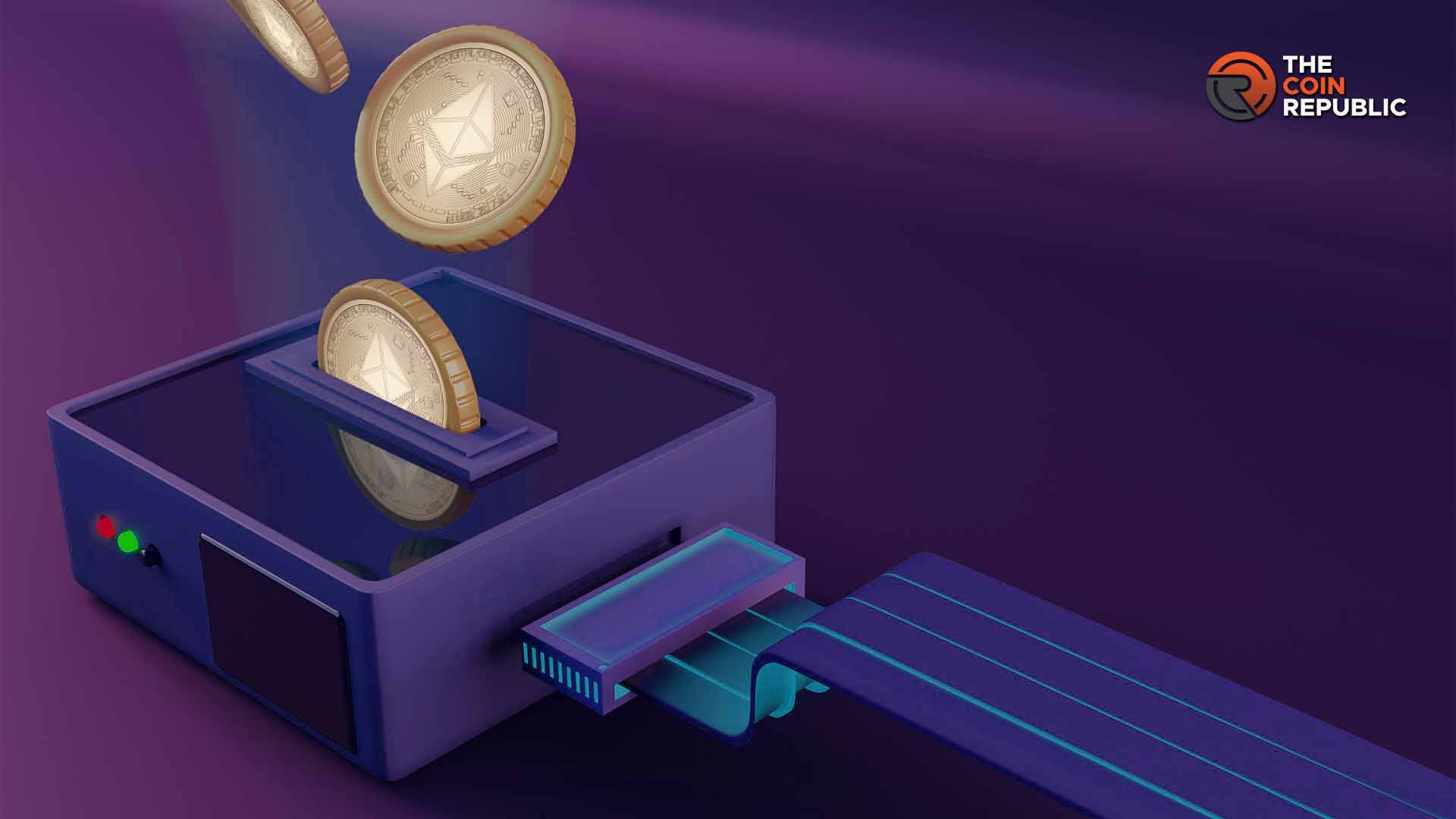Per the latest development, Ethereum Layer 2 Starknet said that it would soon allow holders of the native STRK tokens to vote on the mainnet for governance issues, thereby making a significant milestone for the entire ecosystem.
The first voting proposal focuses on introducing the STRK staking on the Layer 2 platform, thereby allowing users to give their inputs on the minting mechanism as well as the conditions for modifying its parameters.
Community members would need to thoroughly review the proposal, share their feedback, as well as actively participate in the crucial vote, as soon as it goes live. Starknet will be having a 5-day voting period between September 9-13 next month.
Understanding the Ethereum Layer 2 Starknet’s Minting Mechanism
The Starknet minting mechanism basically governs the creation of new tokens and the distribution of rewards. This mechanism further distributed a portion of fees and newly minted tokens to the smart contract developers as per the value of their contracts.
The Core developers of the platform will receive tokens via a model designed to create a balance between decentralization and human oversight. Starkent will share the initial allocation of 10 billion tokens among the Foundation, StarkWare investors, and core contributors.
Apart from the minting mechanism, the upcoming proposal will also focus on the protocol for the parameter adjustment of the minting mechanism. This will facilitate the modification of minting in the future to strike a balance and ensure sustainability.
Once this voting process is in place, the STRK holders will be able to make informed decisions collectively. Last month in July, StarWare CEO Eli Ben-Sasson stated that the firm plans to bring staking by the year-end via Starknet improvement proposal (SNIP).
Following the community approval of SNIP, staking on the Ethereum Layer-2 platform will now launch in October, following the voting process next month.
Undertaking STRK Staking Gradually
Starknet said that the staking for STRK tokens will be a gradual process while ensuring network stability and security, as it seeks to become a reliable PoS mechanism in the long-term. Furthermore, it noted that STRK staking will need comprehensive testing and validation.
“Introducing features in small, manageable milestones ensures careful implementation and integration. This approach allows for refinement and issue resolution as they arise, and it gives network participants time to adapt, maximizing stability during the transition,” noted Starknet.
The STRK staking will come with a 21-day locking period after users choose to unstake their tokens. During this period, users won’t earn staking rewards and they even cannot withdraw the funds. On the other hand, delegators can change their delegate anytime without a lock-up period.









